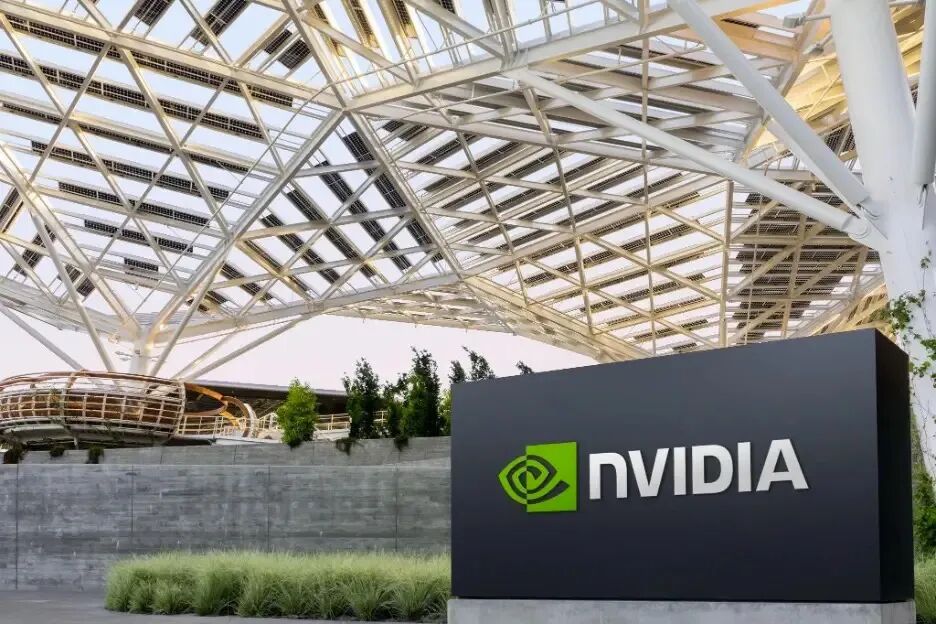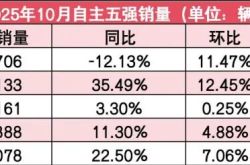From Gaming Graphics Cards to a Whopping $30 Trillion Market Value: NVIDIA Harvests AI Dividends
![]() 09/05 2025
09/05 2025
![]() 660
660
By Yang Jianyong
In the second quarter of fiscal year 2026 (which concluded on July 27, 2025), NVIDIA reported a staggering revenue of $46.7 billion, marking a 56% year-over-year increase. Its net profit soared to $26.422 billion, a 59% jump from the previous year. The driving force behind this remarkable revenue surge is the advent of the generative AI era. In this landscape, companies across the board heavily rely on NVIDIA's high-performance chips for AI development, creating a robust demand for these cutting-edge products.

It's worth noting that NVIDIA pioneered the GPU (Graphics Processing Unit) in 1999, which fueled the growth of the PC gaming market during the PC era. Back then, only avid PC gamers and tech aficionados paid heed to GPUs.
However, since OpenAI unveiled ChatGPT at the end of 2022, propelling artificial intelligence into the generative AI age, NVIDIA has capitalized on its dominant position in the GPU sector to seize the opportunity in the AI large model market. Its revenue, net profit, and market value have all witnessed rapid expansion, making it the first company in the world to surpass a market value of $4 trillion.
Few could have foreseen that NVIDIA's GPU, initially designed for gaming, would evolve into a pivotal force in global technological advancement. To bolster the competitiveness of AI large models, tech behemoths have ramped up their capital expenditures on AI infrastructure. The combined investment in artificial intelligence by Microsoft, Google, Amazon, and Meta alone is projected to reach a staggering $320 billion in 2025.
As tech giants engage in a fierce large model competition, they are frantically purchasing NVIDIA's high-performance chips. It's no exaggeration to say that the prowess of an AI large model hinges on the number of NVIDIA cards it possesses. Both tech giants and startups developing AI large models hinge on NVIDIA's AI platform.
"The AI race has commenced, and Blackwell is the core platform for this contest," declared Jensen Huang of NVIDIA. He also highlighted that Blackwell is the globally anticipated AI platform, representing a monumental leap forward. The production capacity of Blackwell Ultra is accelerating at full throttle, with robust market demand.
The global demand for NVIDIA's AI infrastructure is unprecedentedly robust, resulting in a scarcity of its chips and a sustained rapid revenue growth. NVIDIA has not only emerged as the world's largest chip manufacturer but also tops the global market value rankings, with a current market value of $4.23 trillion, roughly equivalent to 30 trillion yuan.
It's noteworthy that the U.S. blockade on domestic companies purchasing NVIDIA's high-performance chips is aimed at curbing the development of China's artificial intelligence industry. This has opened a window of opportunity for domestic AI chip manufacturers.
Among them, Cambricon, a company specializing in artificial intelligence chip research and development, has achieved substantial breakthroughs in its business performance amid the trend of domestic substitution. While revenue has surged, it has also overcome its long-standing loss-making situation. In the first half of 2025, revenue skyrocketed by 4347% year-over-year, reaching 2.881 billion yuan, with a net profit of 1.038 billion yuan, marking a turnaround from losses to profits.
Although the crippled version of NVIDIA's H20 has been unbanned and is set to return to the domestic market, controversies over backdoors persist. Despite NVIDIA's repeated assurances that there are no backdoors, this will also prompt further strengthening of domestic substitution. In the second quarter, no H20 products were sold to Chinese customers, with only about $650 million in revenue generated from sales of H20 to customers outside China.
Overall, China's restrictions on high-end chips have accelerated domestic substitution. As a result, Cambricon has become a highly sought-after AI chip manufacturer. It has also shone brightly in the capital market, with its total market value once exceeding 660 billion yuan. It is regarded as China's version of NVIDIA, with its stock price once surpassing that of Moutai, earning it the nickname "King Han" in the market.
Meanwhile, given NVIDIA's dominance in the AI chip market, tech giants also yearn for more diversified chip supplies. They are particularly targeting customized chips, which can not only better cater to their own needs but also reduce their dependence on NVIDIA.
Finally, with the rapid development of generative AI technology, the semiconductor industry landscape is undergoing profound restructuring, reshaping the global technological landscape. The strong demand for AI chips from various sectors is driving the rapid growth of the artificial intelligence chip market.
NVIDIA, at the forefront of this transformation, has played a pivotal role in AI applications across numerous fields. It continuously introduces new GPU products and technologies to meet the escalating market demand for AI computing power. The extraordinary demand for Blackwell has allowed it to reap substantial profits, making it the world's strongest individual stock and undoubtedly the biggest winner in the era of generative AI.
Faced with unprecedented development opportunities brought by large models, investors' optimistic outlook on the commercial prospects of AI has driven NVIDIA's stock price to continue soaring, making it the world's first publicly traded company to surpass a market value of $4 trillion, a true capital miracle. Of course, due to its continuous rise, it has accumulated significant profit-taking risks, harboring tremendous dangers. One must remain vigilant about the hidden turbulence risks after the substantial surge.
Yang Jianyong, a contributor to Forbes China, expresses views that represent his personal opinions only. He is dedicated to in-depth interpretations of cutting-edge technologies such as artificial intelligence, AI large models, the Internet of Things, cloud services, and smart homes.





